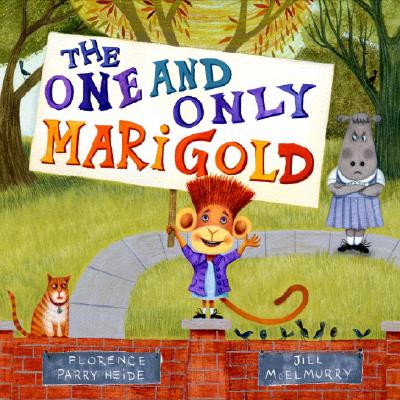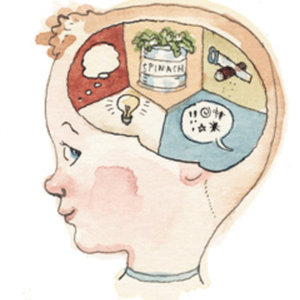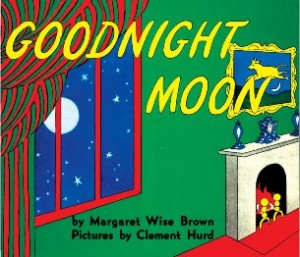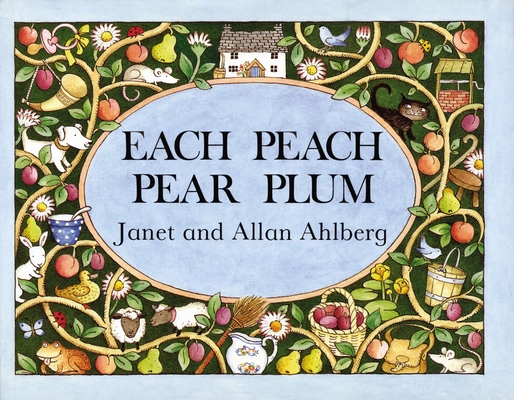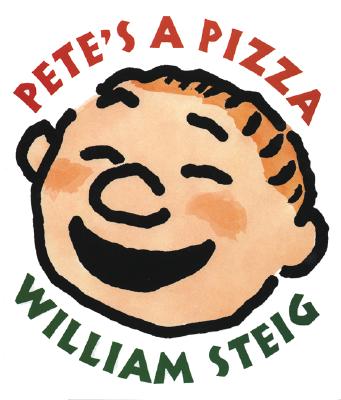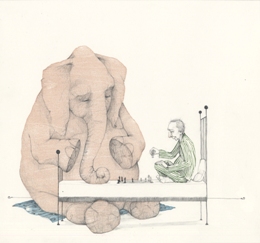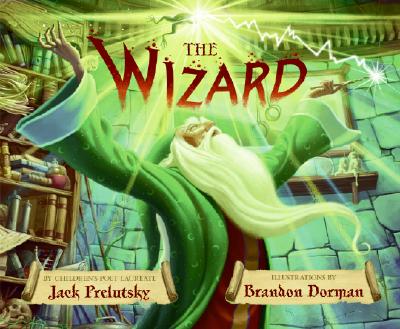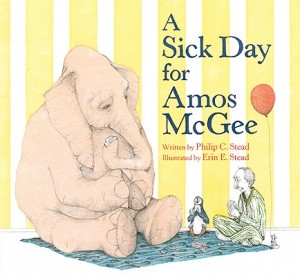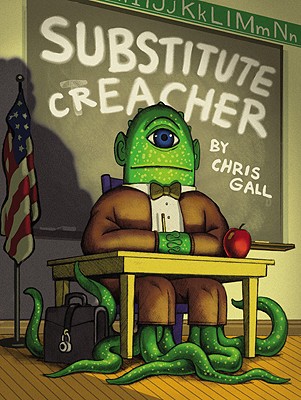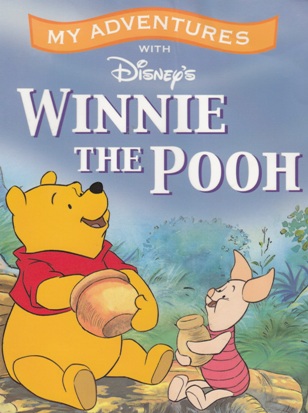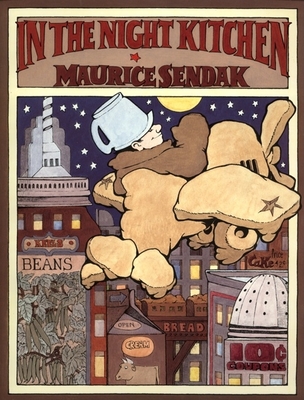Sometimes the world is a weirdly bittersweet and wonderful place. I spent most of this evening typing out a long tribute to The One and Only Marigold, a picture book that I dearly love and a book that my daughter adores. As I finished the article and began searching for hyperlinks to accompany the text, I saw on the internet that it was just announced that Florence Parry Heide, the author of the book, had passed away in her sleep last night. She was an amazing 92 years old and authored over 80 children’s books during her prolific career. What an amazing woman and what a huge loss for children’s literature.

Lane Smith helps his collaborator on Princess Hyacinth (The Surprising Tale of a Girl Who Floated) (Random/Schwartz & Wade), Florence Parry Heide, celebrate her 90th birthday.
I had the pleasure to meet her once in 2009 and she couldn’t have been more charming. So, in tribute of the favorite daughter of Kenosha, Wisconsin and an author that has created far too many books that my daughter has fallen in love with, I offer this heartfelt tribute to The One and Only Marigold and of Florence Parry Heide herself. Honestly. If you love great children’s books, pick up ANY of her titles and you’ll be happy you did.
My tribute to The One and Only Marigold now feels a bit self-indulgent – Mrs. Heide deserves a better elegy than I could ever write – but I want to leave my original article pretty much intact to simply show off the sheer fanboy-ish glee that this wonderful woman inspired in a grouchy thirty-something dad. You will be missed, Mrs. Heide.
And now, onto The One and Only Marigold …
####
As I’ve mentioned before, when looking for books for my daughter, my favorite thing in the world is the unexpected surprise. I LOVE stumbling upon a book I’ve never heard of before and having that moment of discovery – like all the secret knowledge of the world has just fallen into my lap.
Now the hilarious irony of these moments is that, usually, when I have them, I’ve accidentally “discovered” something that is already WIDELY known and HUGELY famous. The only person that hasn’t heard of these titles yet is ME. I call them my “Christopher Columbus” moments. I charge ahead and plant a flag on a book, screaming, “LOOK WHAT MY GRAND INSIGHT HAS PLUCKED FROM OBSCURITY! I CLAIM THEE!” And, then, after a proud few moments, someone normally takes me aside and quietly explains that the book was a best-seller, won the Newbery Award, and has been the subject of 10 movie adaptations (5 of which I’ve probably seen).
Case in point – I have that oblivious sense of discovery pride about The One and Only Marigold by Florence Parry Heide and Jill McElmurry. However, I think I’m mostly just happy that I lucked into finding such a delightful picture book, because finding Marigold not only introduced us to a wonderful book, but it also introduced us to the great Florence Parry Heide, who quickly became one of our favorite authors.
I’m not going to try to recount Mrs. Heide’s insanely impressive resume here – try this link or that link for some background – but her prolific career that has included collaborations with a breathtaking variety of authors and artists including Edward Gorey, Sylvia Van Clief, Jules Feiffer, and Lane Smith. She even has her own holiday in her hometown of Kenosha, Wisconsin. And, like an idiot, I hadn’t heard of her until 2009.
I was attending the American Library Association Annual Conference in Chicago and had been hunting the convention floor for a copy of Princess Hyacinth: The Surprising Tale of a Girl Who Floated, a picture book that I’d heard raves about and that had artwork by Lane Smith – one of my favorite illustrators ever since I first read The Stinky Cheese-Man. When I finally found the table where Lane Smith was signing copies of the book, I was introduced to a charming older woman, who, as it turns out, actually wrote Princess Hyacinth. This was Florence Parry Heide.
[Note: If you don’t already own Princess Hyacinth, go buy it now. Right now. Go ahead. I’ll wait. Honestly, it’s that good. I’ll do a write-up of it one day, but Marigold didn’t nearly get the same level of popular attention as Princess Hyacinth, so it can wait. Oh, and her books with Edward Gorey are fantastic too. OK, more on Florence Parry Heide soon.] [read the rest of the post…]
{ 1 comment }
